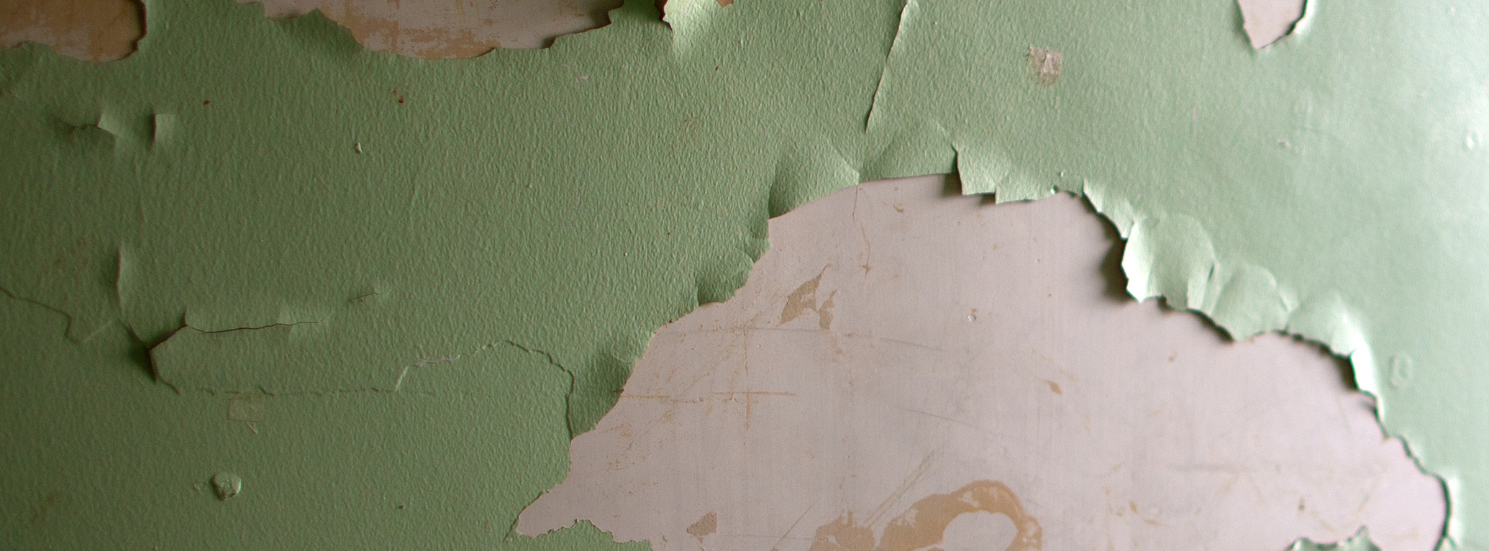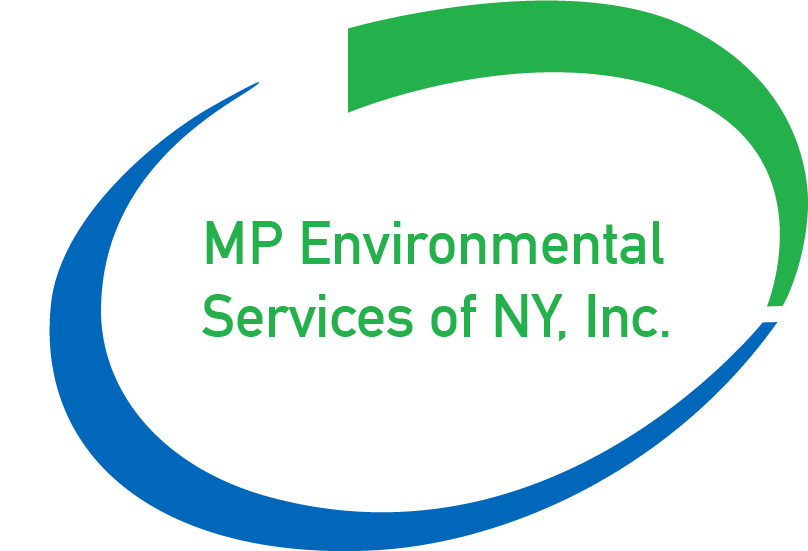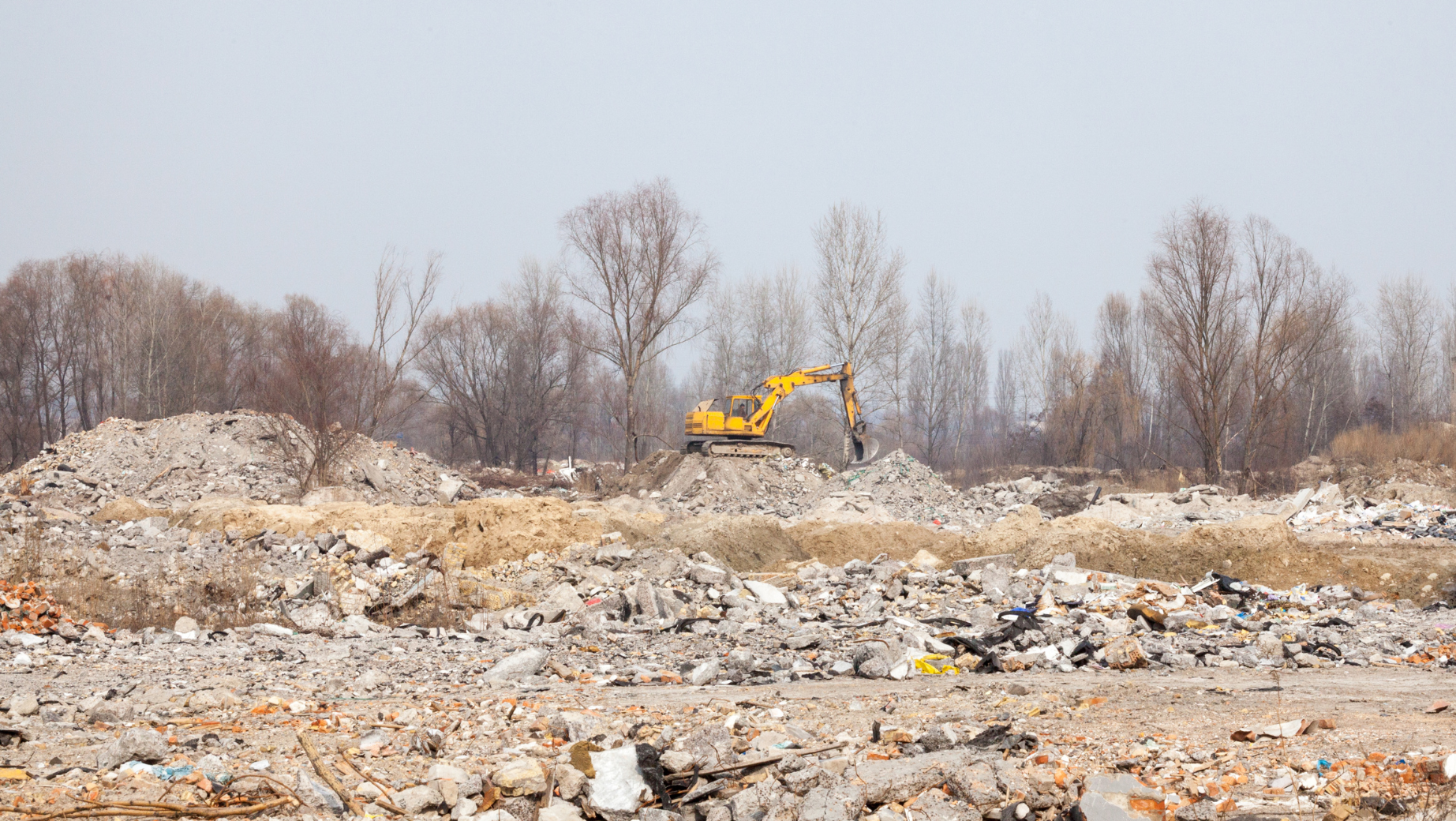Understanding the History of Lead in Homes

Understanding the History of Lead in Homes:
Key Risks and Warning Signs
Lead has been used in homes for centuries, but it wasn’t until the 20th century that its harmful health effects became widely recognized. Before this, lead was a common component in household products, especially paint and plumbing, due to its durability and resistance to moisture. Unfortunately, this convenience came with significant risks, particularly in homes built before the 1970s.
The Rise & Fall of Lead Use In Homes
In the late 19th and early 20th centuries, lead-based paint became a popular choice for homeowners. It was prized for its longevity and ability to create vibrant colors. However, by the 1920s, scientists began to link lead exposure to health problems, particularly in children. Lead poisoning can affect nearly every system in the body and is particularly dangerous because it often occurs with no obvious symptoms. Over time, it can cause cognitive deficits, developmental delays, and behavioral issues, especially in young children who are more susceptible to lead exposure.
Despite these early warnings, lead-based paints remained in widespread use until 1978, when the U.S. government officially banned the use of lead in residential paints. Similarly, lead was also used in plumbing materials, leading to contamination in drinking water when pipes corroded, especially in homes built before 1986. Though significant progress has been made to reduce lead exposure, older homes still present a risk.
What To Look Out For
If your home was built before 1978, there’s a chance that lead-based paint was used at some point. The danger arises when this paint begins to deteriorate, chipping or turning into dust, which can then be inhaled or ingested. Look out for areas where paint is peeling or cracking, especially on windows, doors, and other surfaces prone to friction. Renovation projects in older homes can also stir up lead dust, so it’s important to test for lead before sanding, drilling, or demolishing walls.
Lead in plumbing is another concern. Homes with lead pipes, fixtures, or soldering can have contaminated water. If your home was built before 1986, it’s a good idea to have your water tested for lead. This is especially critical if you notice discoloration in your water or if your home has experienced low water pressure, which can increase the leaching of lead into drinking water.
Stay Safe
To protect your family, have your home tested for lead if it was built before 1978. If lead is found, consult with certified professionals to safely address any risks. By staying vigilant and taking precautions, you can reduce the danger of lead exposure and keep your home safe.
Concerned that there might be lead in your home or business?





